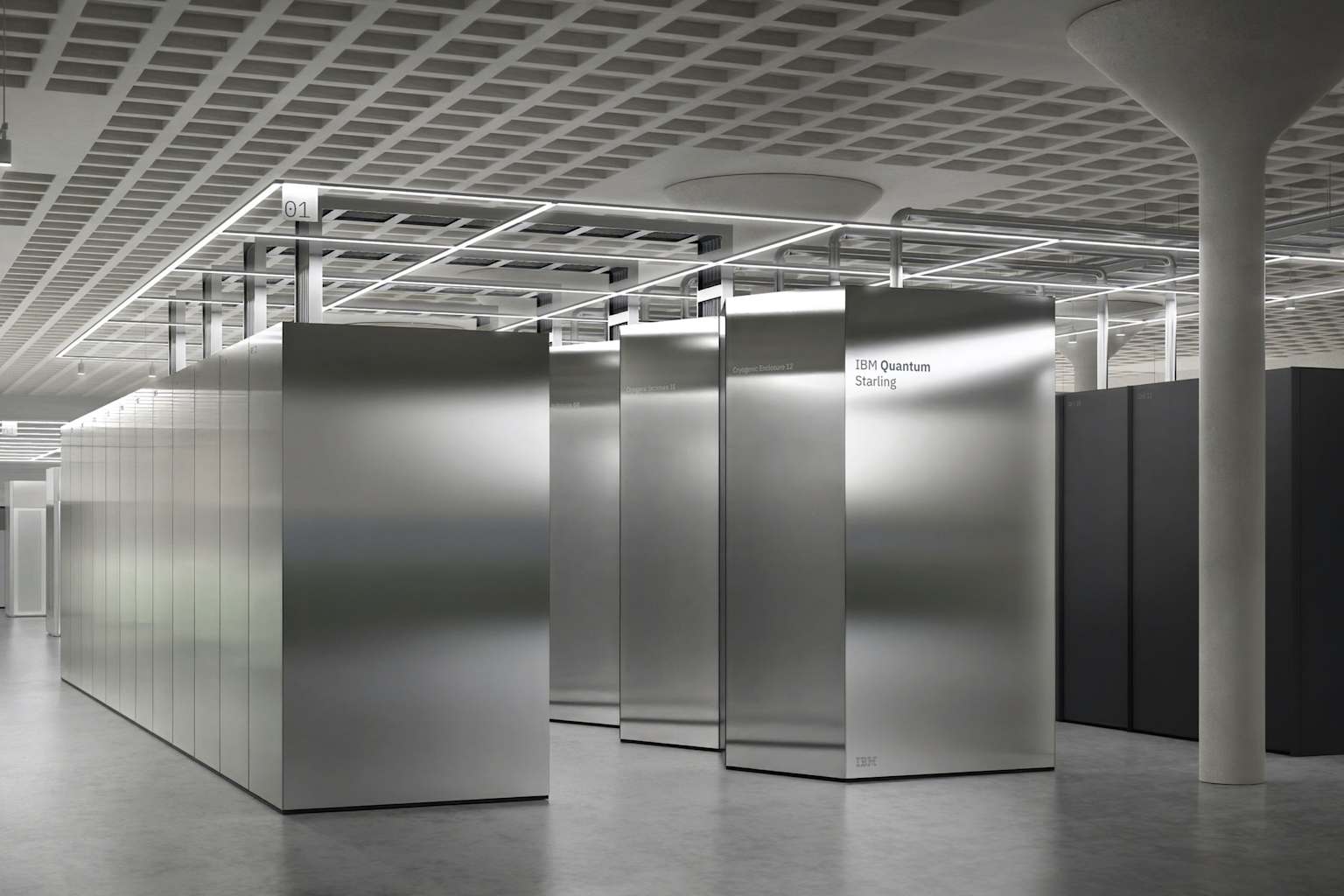IBM today announced an ambitious project to build Starling, the world’s first large error‑corrected quantum computer, and set a clear timeline to have it up and running by 2029 at a new quantum data center in Poughkeepsie, New York. The system will use advanced error correction methods to perform 20,000 times more quantum operations than current machines, marking a major milestone in the quest for practical quantum computing.
In its announcement, IBM detailed how Starling will rely on 200 logical qubits to handle complex calculations with high accuracy, and the company explained that it will need about 10,000 physical qubits to create those logical units. The design calls for proprietary low‑density parity check codes, known as qLDPC, to keep errors in check and boost stability. By encoding 12 logical qubits into 144 data qubits and 144 check qubits, IBM cuts the needed qubit count by a factor of ten compared to older surface code methods while keeping error correction levels high.
The heart of this breakthrough lies in IBM’s new qLDPC approach, which researchers have tested over several years and now say it can cut physical qubit needs by 90 percent compared to legacy techniques. Real‑time error correction will use fast classical hardware decoders to read error patterns and feed corrected data back into the system without slowing it down. IBM says this step is key to moving beyond lab tests and toward a machine that delivers on real problems.
A modular build underpins the Starling architecture. The plan calls for a network of modules each housing quantum processor units, or QPUs, inside the Poughkeepsie data center. These modules link together so IBM can boost qubit counts and computational power as needed, all while keeping the entire system stable. The facility will hold four Quantum System Two racks, each with a hexagonal layout that fits three QPUs, plus the classic servers needed for control and data handling. Construction began in April 2025 to prepare the site for power and cooling demands.
IBM laid out a clear path of intermediate steps leading to Starling by 2029. The first will arrive in 2025 when the Nighthawk processor launches with an improved chip that can run up to 15,000 quantum gates. Next, in mid‑2025, the company will bring online an experimental Loon processor to test core parts of its error correction code in real hardware. In 2026, a Kookaburra module will blend quantum memory with logic steps to show that the pieces can work as one.
In 2027, IBM will link two Kookaburra modules with so‑called “L‑couplers” that act like bridges between chips, proving that separate units can share quantum data just like nodes on a network. Each of these steps builds confidence in the design and pushes the technology forward without skipping critical tests. If all goes to plan, Starling will arrive in late 2028 for installation and will go live in 2029.
Once Starling goes online, IBM plans to start work on its follow‑up system, named Blue Jay, due around 2033. Blue Jay should handle 2,000 logical qubits and run up to one billion quantum operations. That machine will stand on the foundation laid by Starling’s error correction success and modular setup.
Industry experts say that IBM’s timeline targets the biggest challenge in quantum computing: making a system that can correct its own errors in real time and keep running useful tasks long enough to solve real‑world problems. If IBM sticks to its schedule, Starling could usher in a new phase in which quantum computers tackle materials design, drug discovery, complex logistics and other tasks that remain far beyond the reach of today’s best supercomputers.
With its clear roadmap and focus on error correction, IBM stakes out the first claim to a full‑scale, fault‑tolerant quantum computer. The coming years will test its ability to meet deadlines and solve technical hurdles, but for now the company leads a race that could reshape computing in fundamental ways.

